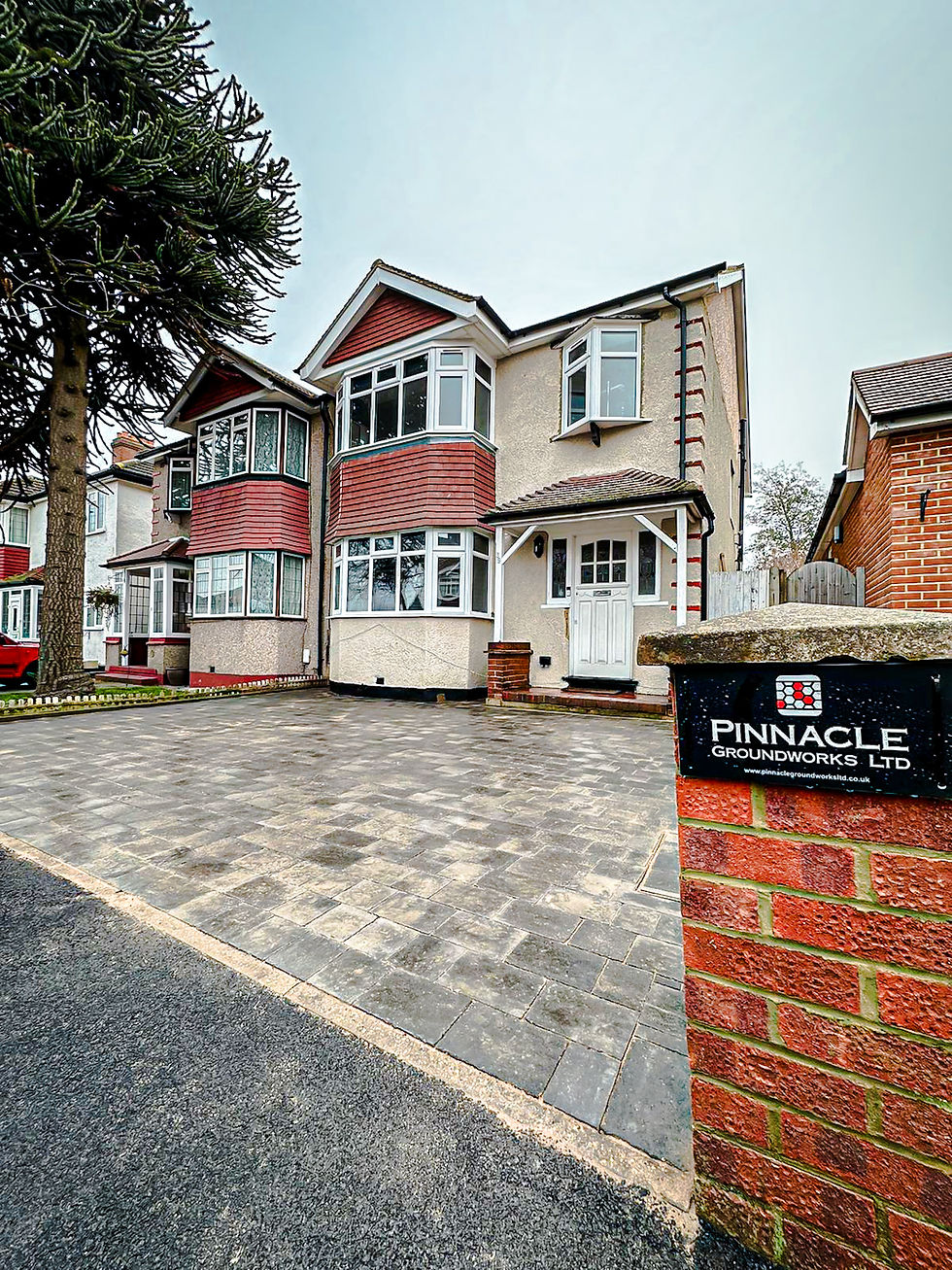Soakaways in Domestic Properties: A Crucial Component of SUDs Compliance
- Aiden McDonnell

- Nov 14, 2023
- 2 min read
In the context of domestic properties, soakaways play a pivotal role in meeting SUDs regulations. A soakaway is an underground structure designed to manage surface water by allowing it to slowly infiltrate into the ground. These systems are particularly relevant in residential settings, where managing rainwater runoff from roofs, driveways, and gardens is essential to prevent flooding and reduce the strain on traditional drainage systems.

Compliance with SUDs Regulations in Domestic Settings
For homeowners and groundwork contractors working on domestic properties, compliance with SUDs regulations involves implementing appropriate drainage solutions. The regulations stress the importance of managing surface water sustainably and efficiently, especially when constructing new properties or undertaking significant modifications to existing ones.
Soakaway Installation and Design Considerations:
Site Assessment: Conducting a thorough site survey to determine the suitability of the ground for soakaway installation, considering soil type, groundwater level, and available space.
Design and Size: Designing an appropriately sized soakaway based on the surface area from which rainwater runoff will be collected. This includes considering the volume of water, site conditions, and local regulations.
Location: Identifying an ideal location for the soakaway that allows for efficient water infiltration without impacting nearby structures or compromising safety.
Construction and Maintenance: Ensuring proper construction practices during installation and implementing regular maintenance to prevent blockages and ensure the longevity of the soakaway system.
Benefits of Soakaway Implementation in Domestic Properties:
Reduced Flooding Risk: Soakaways effectively manage rainwater, reducing the risk of local flooding by allowing controlled infiltration of surface water into the ground.
Environmental Sustainability: Supporting SUDs principles by reducing the reliance on traditional drainage systems and promoting natural water infiltration processes.
Cost Savings: Decreasing reliance on municipal drainage systems can lead to long-term cost savings for homeowners by minimizing surface water charges and avoiding potential flood-related damages.
Advising Homeowners on Soakaway Maintenance
Groundwork contractors can guide homeowners on the importance of regular maintenance for soakaways. This includes clearing debris, checking for blockages, and ensuring that the system remains efficient and compliant with regulations.
Conclusion
Soakaways stand as indispensable components of SUDs compliance in domestic properties, providing an effective means of managing surface water runoff in a sustainable manner. Groundwork contractors play a crucial role in advising, designing, and implementing these systems to ensure both regulatory compliance and the long-term effectiveness of soakaway solutions for residential settings. By embracing SUDs principles, homeowners contribute to a more sustainable and resilient approach to managing rainwater while minimizing environmental impact and flood risks within their communities.




Comments